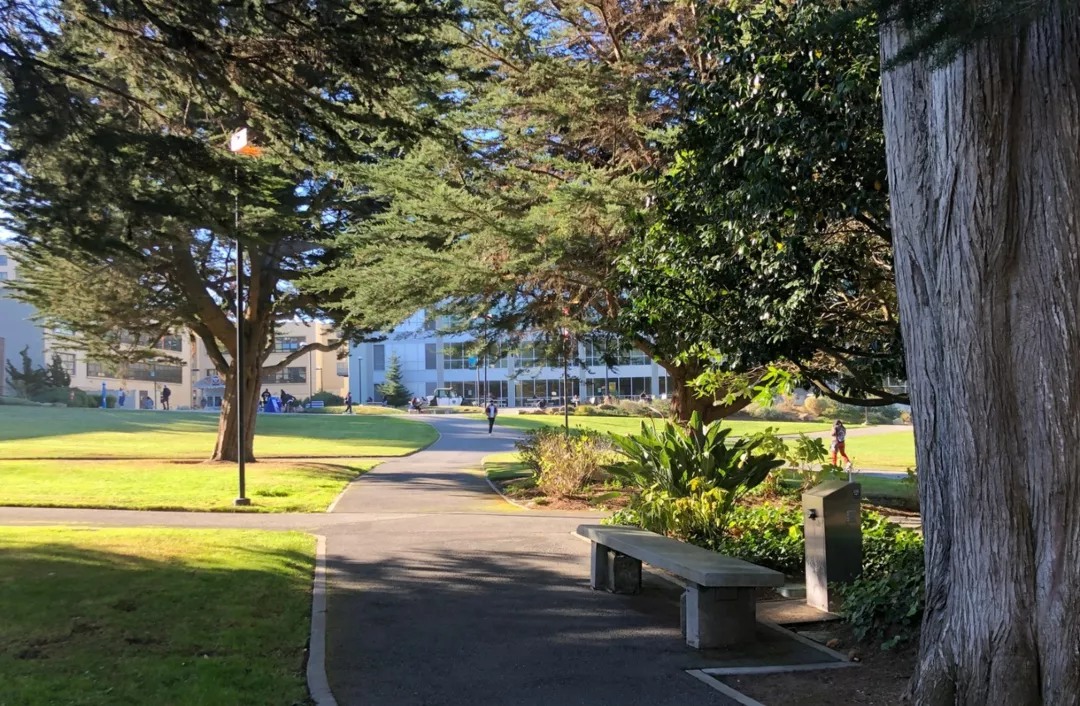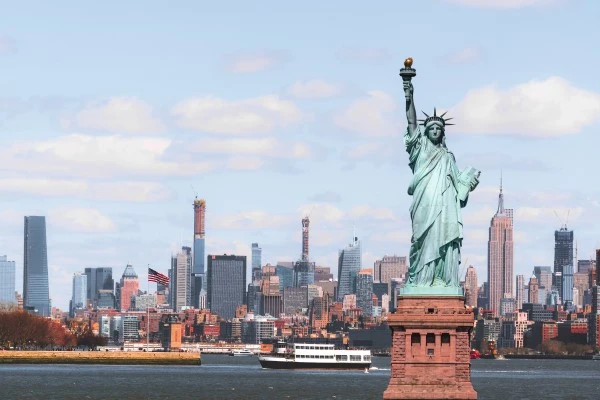
-
hello@abroadcube.com
Mail us
-
Call For Help:
98779 83783
-
Whatsapp Us
70090 34921


Please note
Services
Study Abroad ServicesUSA has 3 intakes in a year
September - October
It commences between September and October. This is the significant intake for Universities across USA. Most of the Universities have high-demand programs available in this intake.
January
It starts in January. One of the major intake which has a high enrollment of International Students. This intake is best suited for Indian High School and College Graduates.
May - July
It starts between May and July. The most negligible intake is where universities have some selected programs available. It is the best option if you missed the January intake.
ExamPrep
English & Aptitude ExamsMany Universities have option of English Exam and SAT/GRE Waiver
Expenses
Total ExpenditureStudying in the USA is quite competitive compared with other countries. There are two types of universities in the USA: Public and Private. Public Universities are state-funded, have low tuition fees and often offer a more comprehensive range of programs. On the other hand, private universities are run by organizations or are funded by alums. They have comparatively higher tuition fees and a focused range of degrees. The admission process ranges between easy and hard depending on the World Ranking.
| Level | Avg Tuition | Duration |
|---|---|---|
| Bachelors | $10,000 - $50,000 / year | 3 years |
| Masters | $10,000 - $87,000 / year | 1-2 years |
| MBA | $12,000 - $87,000 / year | 1-2 years |
| MBBS | $20,000 - $81,000 / year | 4-5 years |
Living Expenses in the USA vary based on lifestyle and the location of the University. However, your monthly living expenses can be between $900 and $1800. The typical costs are accommodation rent, food bills, transportation, phone bills, health insurance premiums, personal care, and some miscellaneous. An on-campus job can earn you between $800 and $1000, depending on your skill set and position. Choosing budgeted and safe accommodation is highly recommended, and using public transportation and cooking your food can save you a few bucks.
Here is the estimated cost of Study Bachelors in USA. Get Started and Save more
Here is the estimated cost of Study Masters in USA. Get Started and Save more
Here is the estimated cost of Study MBA in USA. Get Started and Save more

While on F-1 status in the USA, working off-campus is strictly prohibited. So, you must have a vital source of funds for your living expenses.
It refers to jobs given by the University to students on campus. You can work a maximum of 20 hours per week part-time for jobs such as Teacher Assistant, Research Assistant or Lab Assistant. Most institutions pay equal to the minimum wage for hours worked. There is a high competition for these jobs due to limited seats.
In the USA, Internships refer to Curriculum Practical Training. Usually, the duration is equal to one semester and depending on the course curriculum, it can be either full-time or part-time. It only affects PSW or OPT if you worked 12 months or more full-time on CPT.

| Profession | Average Salary |
|---|---|
| Cardiologist | $353,970 |
| Dermatologist | $302,740 |
| Software Architect | $135,600 |
| Data Scientist | $119,380 |
| Data Warehouse Architect | $128,042 |
| Software Engineer | $108,896 |
| Certified Public Accountant | $87,190 |
| Computer Systems Manager | $162,930 |
| Airline Pilot | $198,190 |


| Qualification | Duration |
|---|---|
| Bachelor's Degree | 4 years |
| MBBS | 4 years |
| Master's Degree | 1-2 years |
| MBA | 1-2 years |
| PhD or Doctorate | 4-6 years |
| Diploma | 6 months to 2 years |
English Proficiency exams such as IELTS, Duolingo, TOEFL or PTE are recommended for Studying in the USA. Some Universities may waive the requirement based on an Interview.
The majority of institutes waive the GRE and GMAT, but they are highly recommended for admission to Master's programs at Top-Ranked Universities.
Documents such as Passport, Academic Transcripts, Resume/CV, Experience Letter, Certifications, Statement of Purpose, and Letter of Recommendation would be required depending on the course and university.
To Study in the USA for higher studies such as Bachelor, Master, PhD or Vocational course, you must apply for a Study Visa after receiving admission from a US-based University.
Get an I-20 Confirmation from an eligible SEVP institution, pay the SEVIS fee, and book your Visa Appointment.
The Visa application process is Online, but you must visit the Visa Application Center to submit your biometrics and attend an in-person interview with a Visa Officer.
After graduating from a recognized university in the USA, you are eligible for an Optional Practical Training or Work Visa for up to three years.
The visa validity for general course graduates is 12 months, while students who graduate from STEM courses will get 36 months.
Based on the Job Letter and Sponsorship from the US Employer, you can apply for an H-1B Visa after or during the OPT visa.
H-1B holders can renew their visas after 3 years if they remain employed. After having an H-1B for 6 years, you are eligible for a Green Card based on the Employer's sponsorship.
After holding the Green Card for at least 5 years or 3 years in specific categories, you are eligible for US Citizenship and US passport.
The Visitor visa is for tourists, families and friends visiting the USA for vacation or to meet their loved ones. The visa duration will be 10 years.
The Study Visa is for international students coming to USA for higher studies. The expiry date of the visa is varies based on the course duration.
The students who completed their higher education are eligible for up to 3 years of Work Permit. The Students must apply for this before expiry of Student Visa
Employees who received a Job Offer Letter and sponsorship from USA Employers and met specific requirements are eligible. The maximum duration is 3 years.
